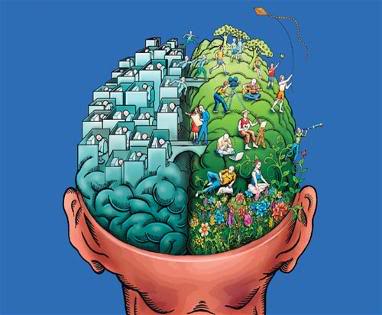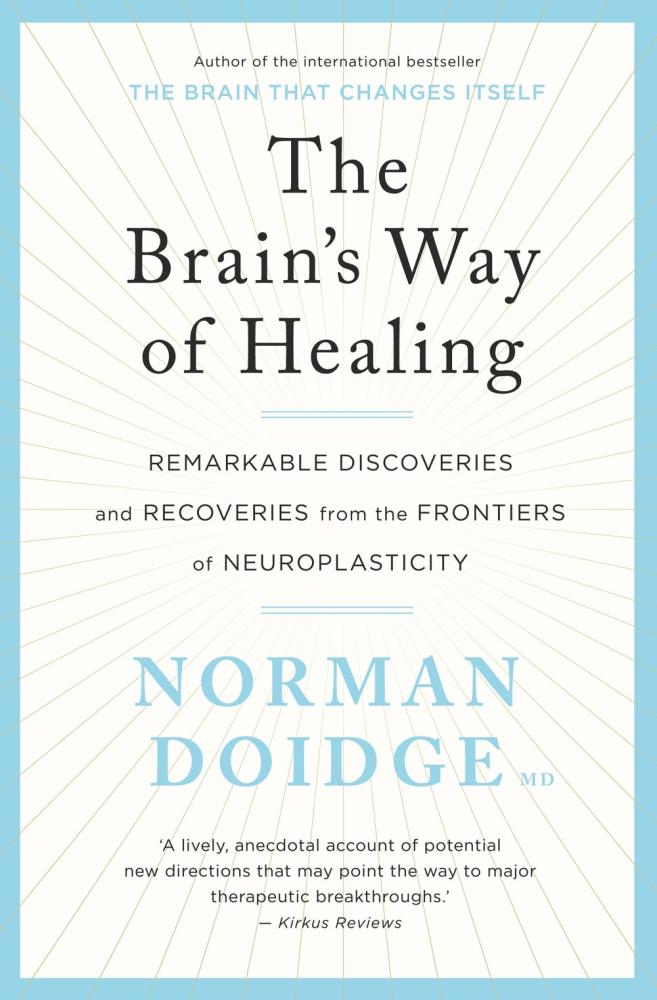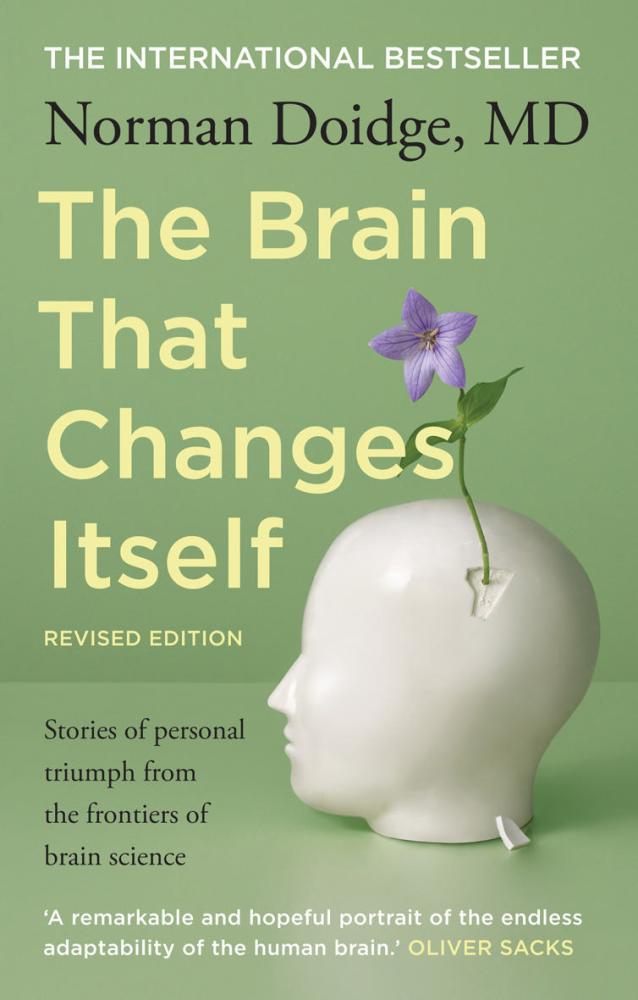Anorexia and the “Plastic Paradox”

Tackling the Most Challenging Psychiatric Disorder
By Norman Doidge, M.D.
Anorexia Nervosa and other eating disorders have the highest mortality rate in all of mental health. In Norman Doidge’s forthcoming workshop, he will discuss a new approach that takes the best of depth psychology psychotherapies, and the newest developments in neuroplasticity and brain training, and combines them.
Sicker patients with eating disorders are often described as rigid. But while their behaviours are rigid, their brains are not; their brains are as plastic as any others. It is how they are using their plastic brains, which is actually reinforcing the rigid behaviours. This is the “plastic paradox” — that the same plasticity that can give rise to flexible behaviours, can also give rise to rigid ones, depending upon how it is engaged by the client. Understanding the distinction can allow the clinician, the client, and their family, not to fall into a premature despair, or a kind of neurological nihilism that the client “is just wired to be anorexic.”
Much current treatment of eating disorders is focused primarily on symptom reduction. But eating disorders occur for a reason, and the challenging cases, are a kind of developmental disorder, based on a mixture of problems usually beginning in early relationships, and can involve traumas, attachment problems, and hypersensitivities, leading to a personality organization where there is a fragmented self, and, in many cases an inhibition of the right hemispheric functions causing psychological-developmental inhibitions.
Certain psychological functions, and their circuitry, are actually dormant because of these inhibitions and need to be stimulated and modeled.
Working with challenging cases with this illness, we will show how to focus psychotherapy on the underlying psychological problems, and personality organization problems, and how to explain to patients who are in a kind of “psychic retreat” and preoccupied with symptoms, how to re-engage their neuroplastic and growth potential.
The approaches start by relating eating disorders to the client’s level of personality organization, to help orient the therapist as to what to focus on in sessions. It will illustrate how to use depth psychotherapy to assist with right hemisphere deficits, and how, getting a quantitative electroencephalogram (QEEG) for your client can help you understand why they often seem so concrete, anxious, unable to settle themselves, impulsive, hyper-controlled, fearful of their own femininity, and unable to read a full range of their own emotions.
You will learn when to refer a patient for neurofeedback, as an adjunct to psychotherapy, to kick start dormant brain areas with stimulation, and help them neuromodulate their brains, to create a synergistic approach. As well, we will explain why skipping psychotherapy, and just using brain training, or symptom control, in this is an error. Aspects of this approach are relevant to the treatment of some personality disorders as well.
Norman Doidge in Australia

Weaving neuroscience, evolution, psychotherapy, psychology, psychiatry, neurology, great literature, and anthropological findings, along with original films of people undergoing neuroplastic change, this workshop will update the attendee on the latest neuroplastic developments, reinforce basics, and teach principles on how to help oneself, and one’s patients, when caught in rigid patterns, to grow out of that rigidity, and make use of their neuroplastic potential. It will also provide attendees with new information about how to preserve their brain plasticity.
The brain is a far more open system than we ever imagined, and nature has gone very far to help us perceive and take in the world around us. It has given us a brain that survives in a changing world by changing itself.
Norman Doidge, M.D.
The Power of Thought: Updates in Brain Plasticity
Join acclaimed researcher Norman Doidge as he explores the latest research into the brain’s amazing capacity to heal, and how to apply these discoveries to clinical practice.
Brisbane, Sydney, Melbourne: May 2018
Find Out MoreAfter the initial critical learning period of youth is over, the areas of the brain that need to be ‘turned on’ to allow enhanced, long lasting learning can only be activated when something important, surprising, or novel occurs, or if we make the effort to pay close attention.
Norman Doidge, M.D.
The Power of Thought:
Updates in Brain Plasticity
Brisbane, Sydney, Melbourne: May 2018
Norman Doidge
Norman Doidge, M.D., is a psychiatrist, psychoanalyst, researcher, author, essayist and poet. He is on faculty at the University of Toronto’s Department of Psychiatry, and Research Faculty at Columbia University’s Center for Psychoanalytic Training and Research, in New York. He is the author of two New York Times Bestsellers. He lives in Toronto.
He is a professor of psychiatry at Boston University School of Medicine, medical director of the Trauma Center in Boston, and co-director of the Complex Trauma Treatment Network, NCTSN.
He is the author of more than 150 peer reviewed scientific articles and several books including the New York Times best-seller The Body Keeps the Score: Mind, Brain, and Body in the Healing of Trauma.
Weaving neuroscience, evolution, psychotherapy, psychology, psychiatry, neurology, great literature, and anthropological findings, with original films of people undergoing neuroplastic change, this workshop will update the attendee on the latest neuroplastic developments, reinforce basics, and teach principles on how to help oneself, and one’s patients, when caught in rigid patterns, to grow out of that rigidity, and make use of their neuroplastic potential. It will also provide attendees with new information about how to preserve their brain plasticity.

The Brain’s Way of Healing is a stunner — the sort of book you want to read several times, not because it is difficult to understand, but because it opens up so many novel and startling avenues into our potential to heal. Norman Doidge enthrals us with a rich combination of lucidly explained brain research and pioneering … approaches to recovery. With an eloquence reminiscent of Oliver Sacks, Doidge bolsters the latest advances in brain science with a series of extraordinary case histories of people for whom all hope seemed to be lost, but who healed as a result of great personal courage, and by changing the ways their bodies and brains processed sensations and movement. This hopeful book demonstrates that a variety of sensory inputs — light, sound, electricity, vibration, movement, and thought —can awaken the brain’s attention processors, and thereby allow even the most afflicted to (re)gain ownership of their lives.
Only a few decades ago, scientists considered the brain to be fixed or ‘hardwired’ and considered most forms of brain damage, therefore, to be incurable. Dr. Doidge, an eminent psychiatrist and researcher, was struck by how his patients’ own transformations belied this and set out to explore the new science of neuroplasticity by interviewing both scientific pioneers in neuroscience, and patients who have benefited fromneurorehabilitation. Here he describes in fascinating personal narratives how the brain, far from being fixed, has remarkable powers of changing its own structure and compensating for even the most challenging neurological conditions. Doidge’s book is a remarkable and hopeful portrait of the endless adaptability of the human brain.

wisemind.com: mental health freedom
Psychologists and Psychiatrists with 6 to 10 years’ university study and over 5000 hours working face to face with people just like you. Sessions from Bessel van der Kolk, Janina Fisher, Pat Ogden.












